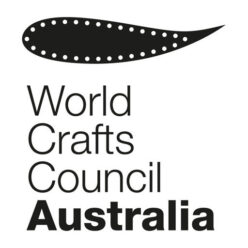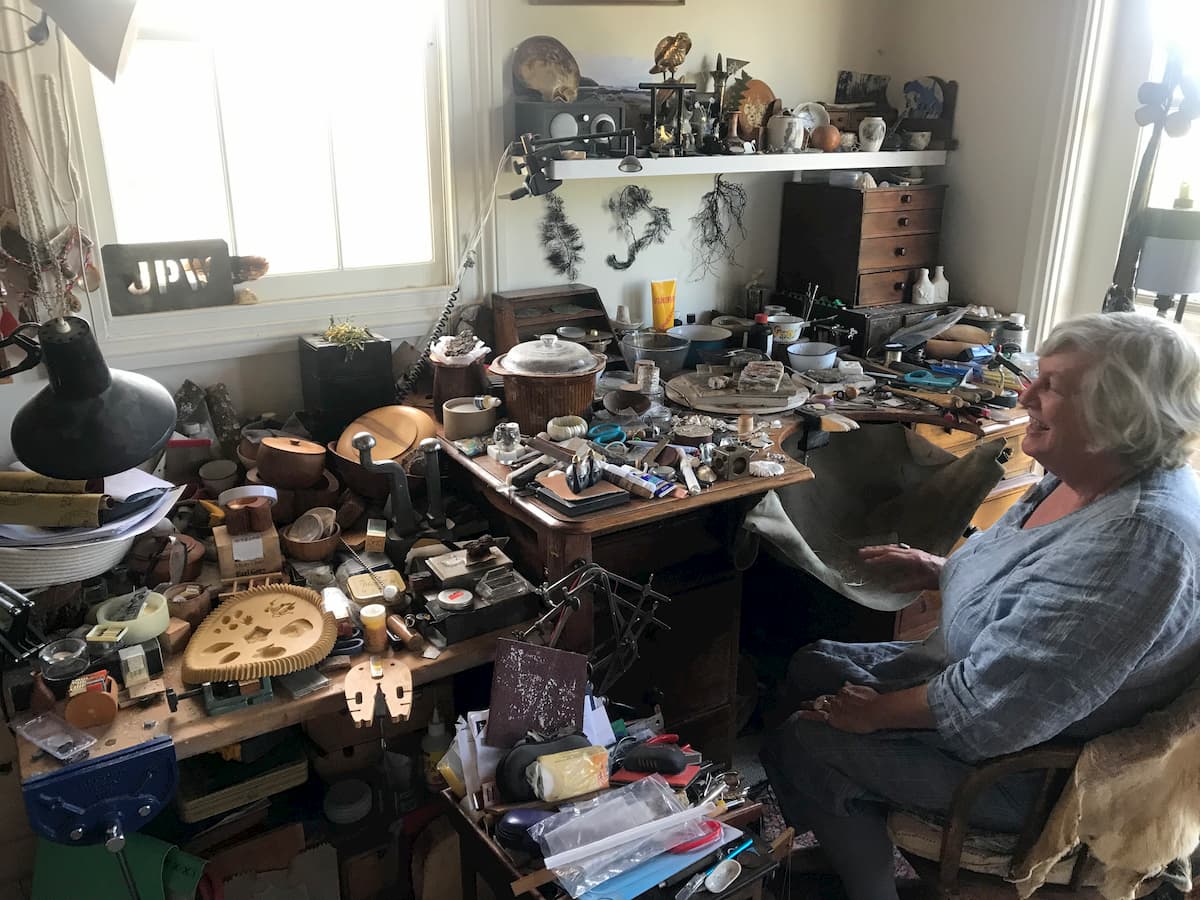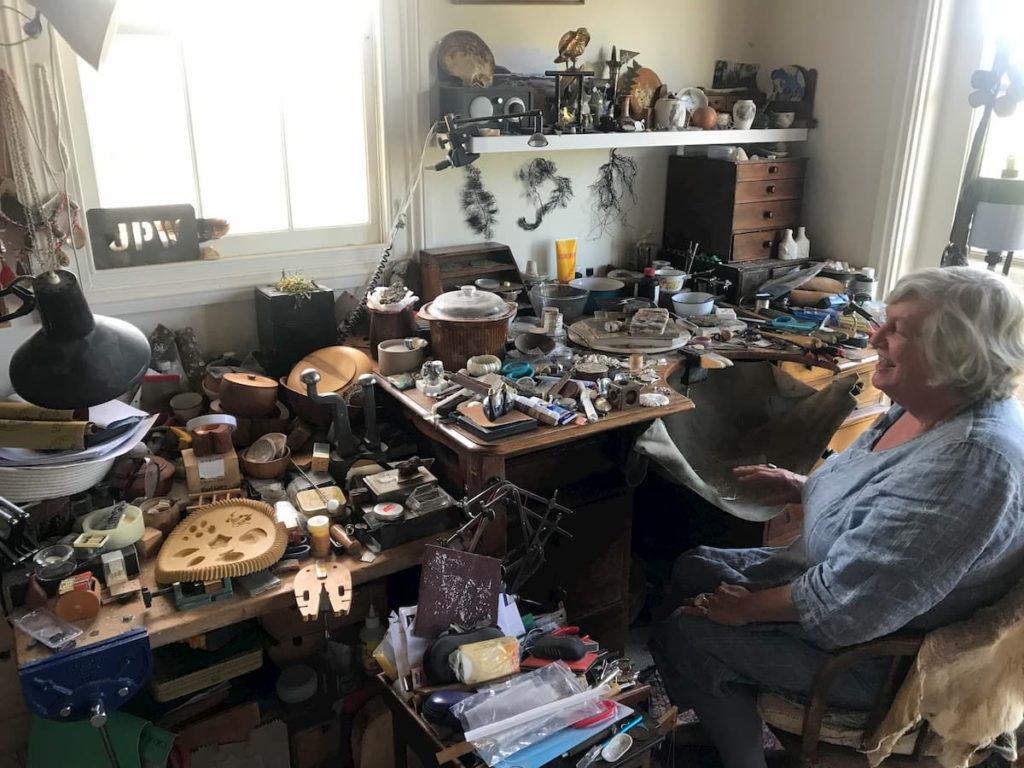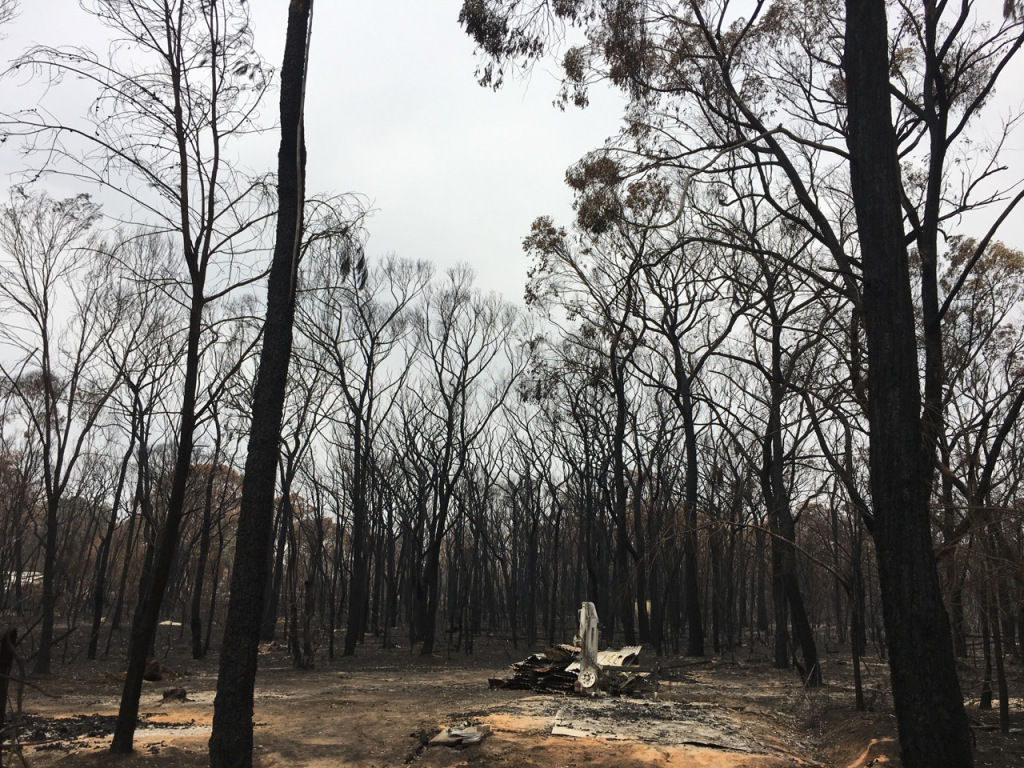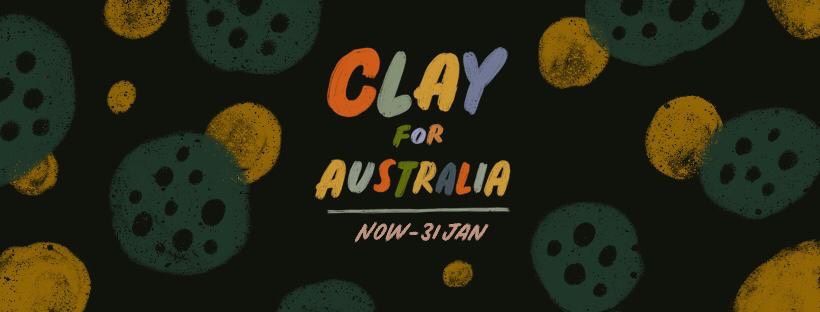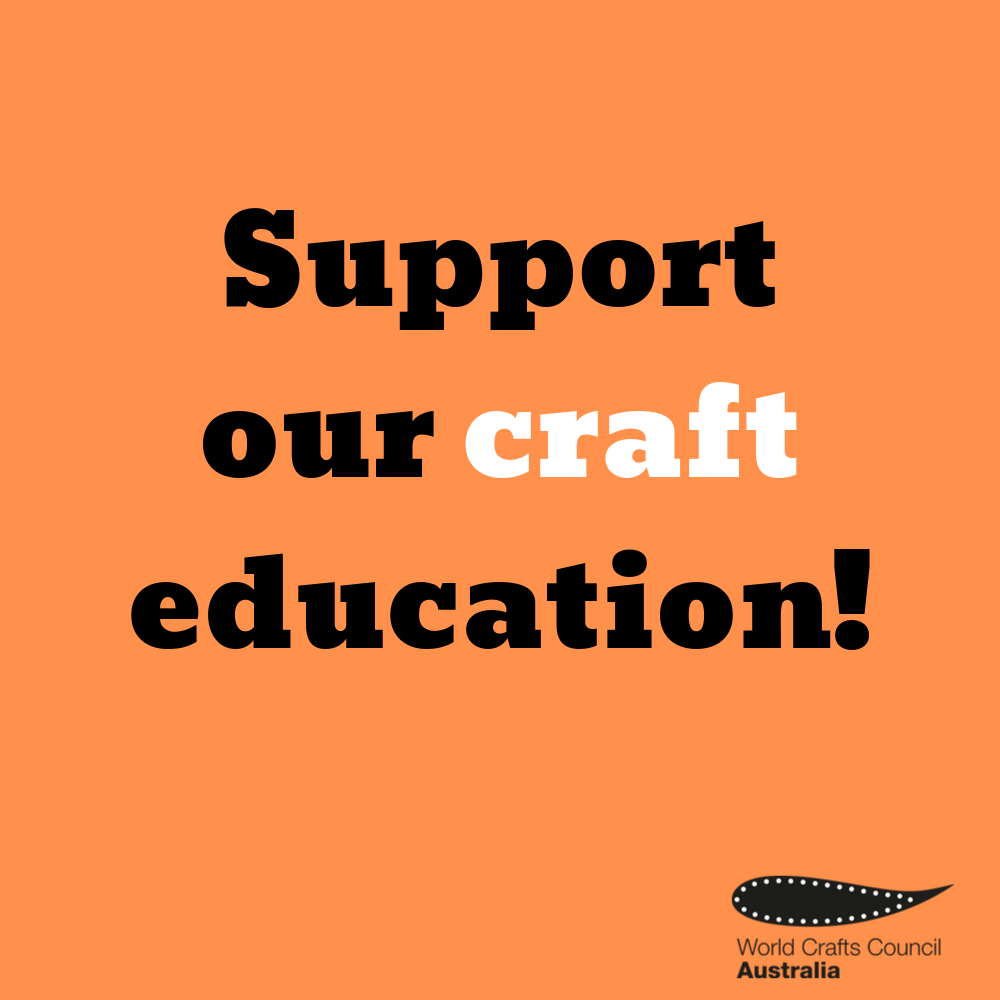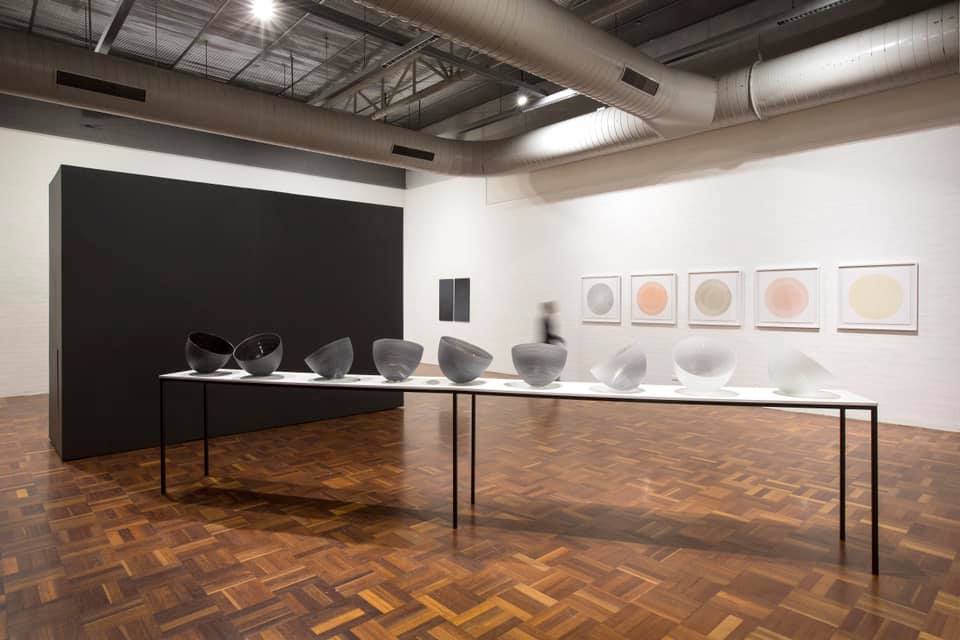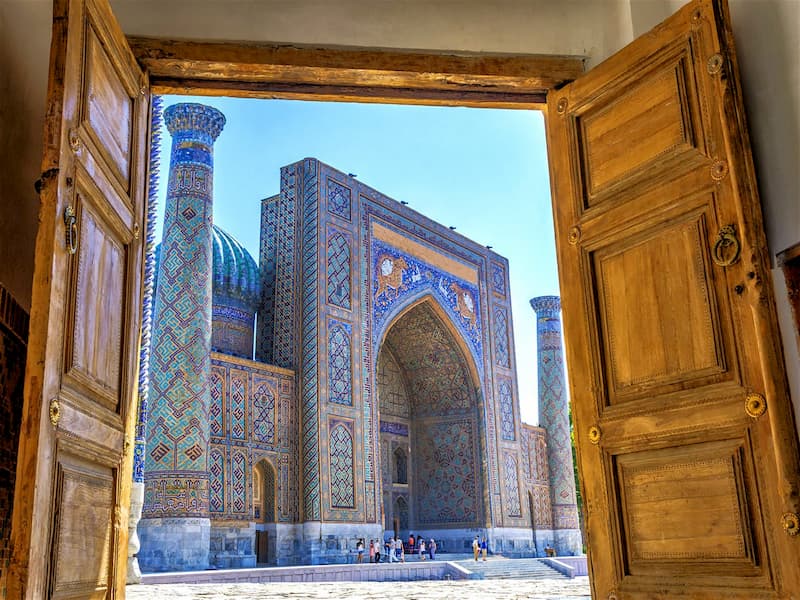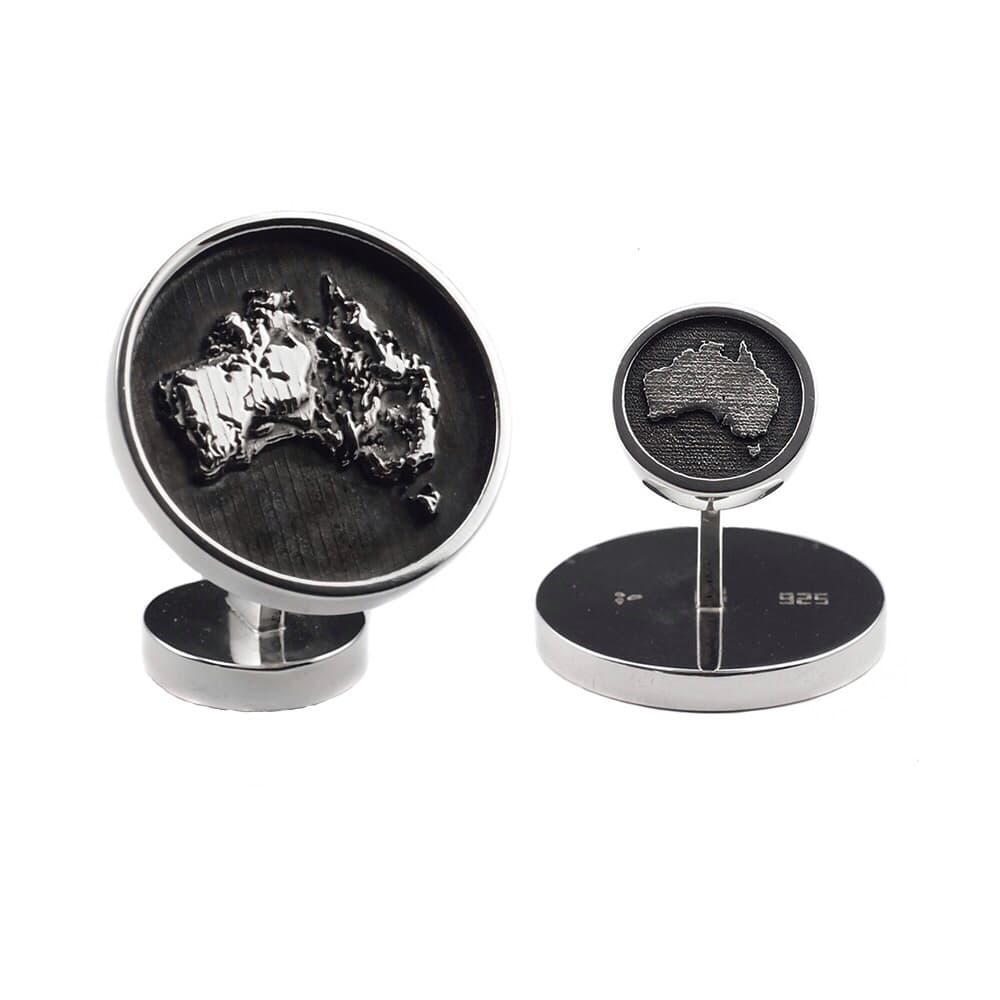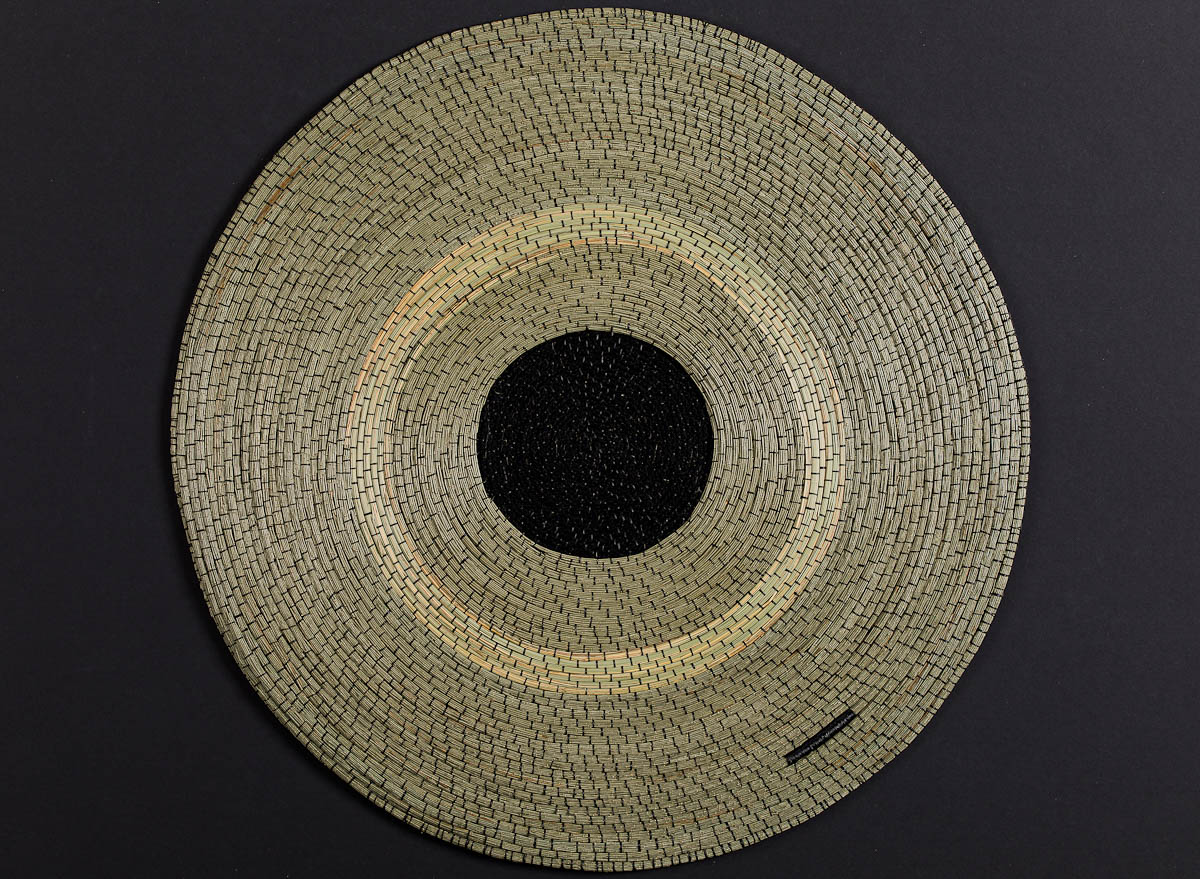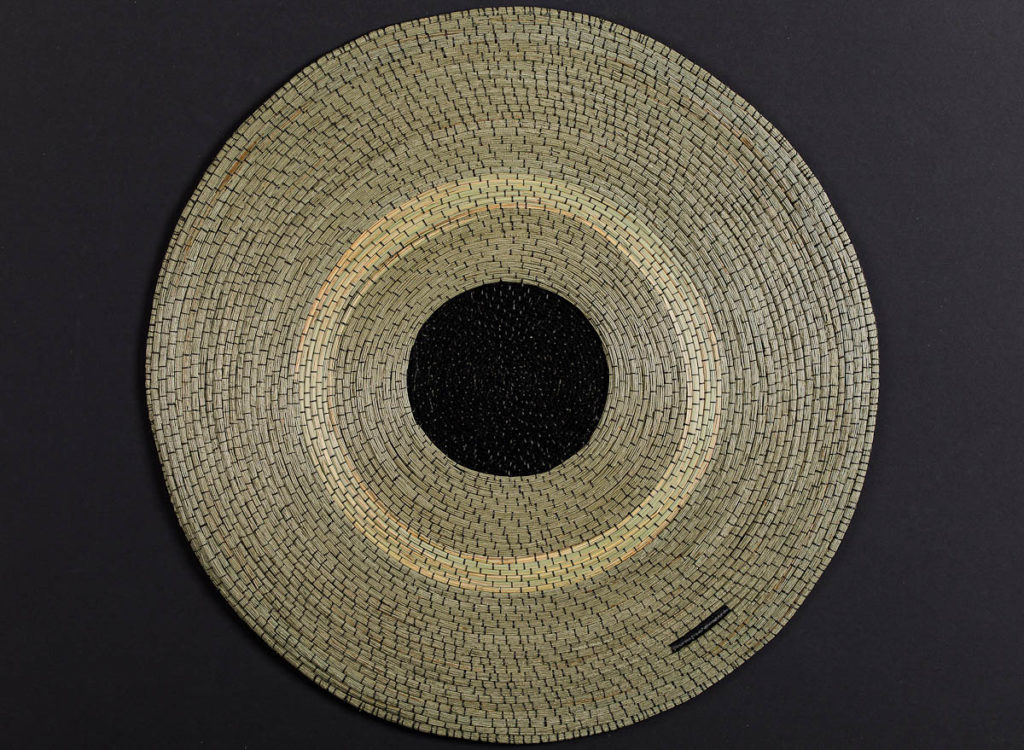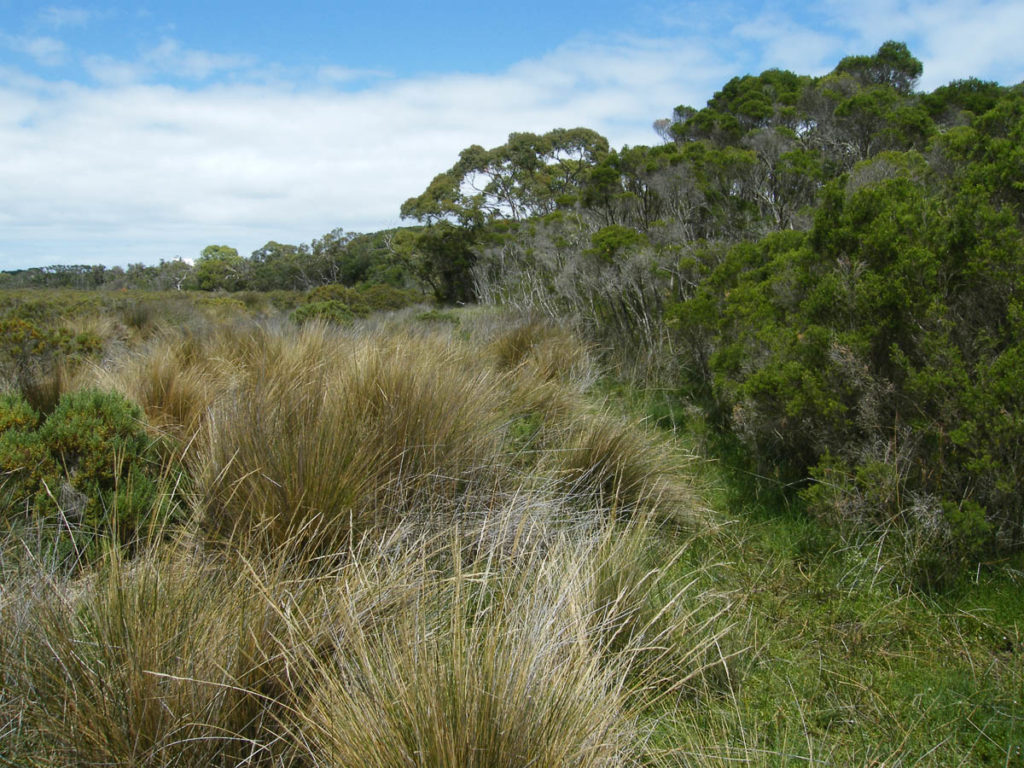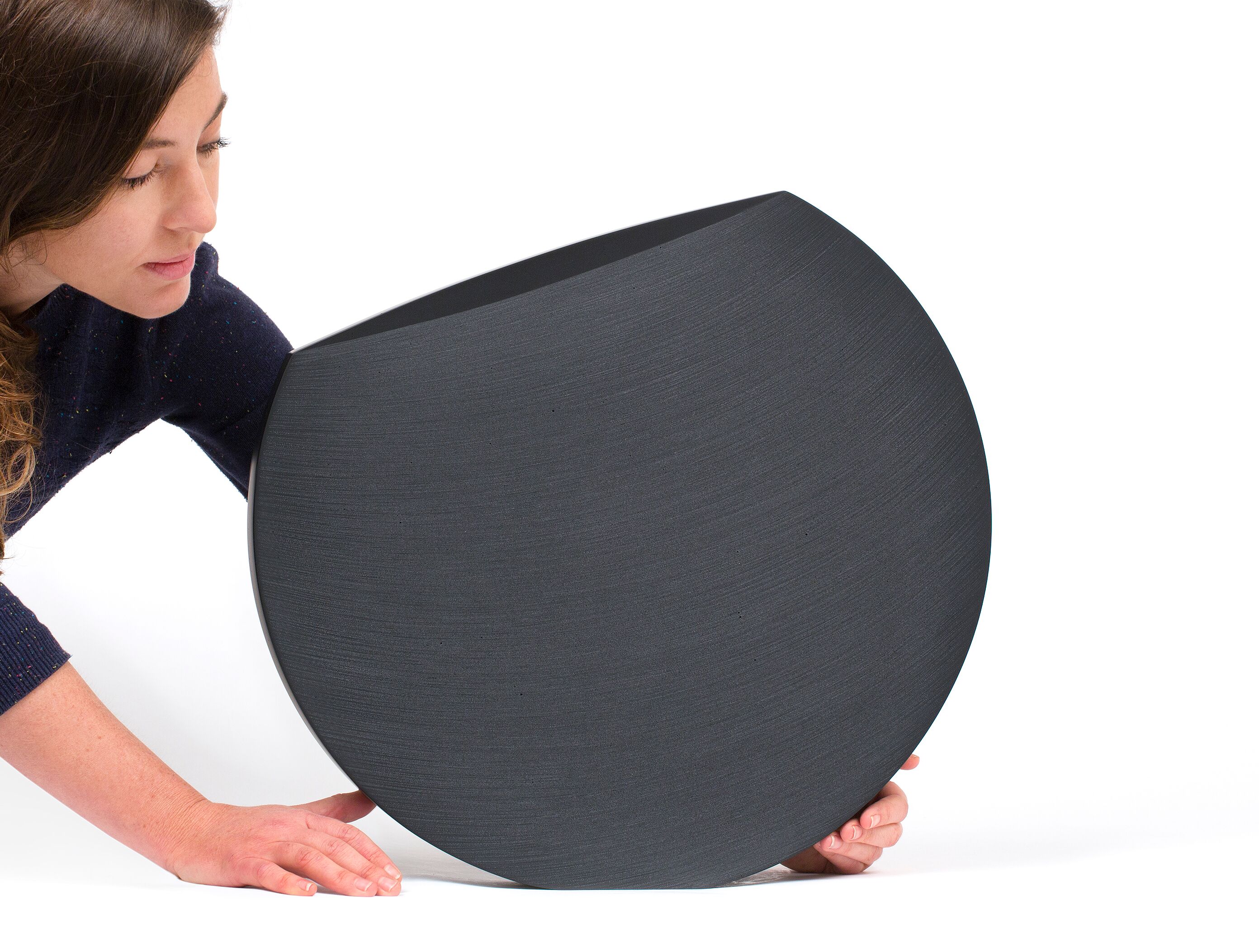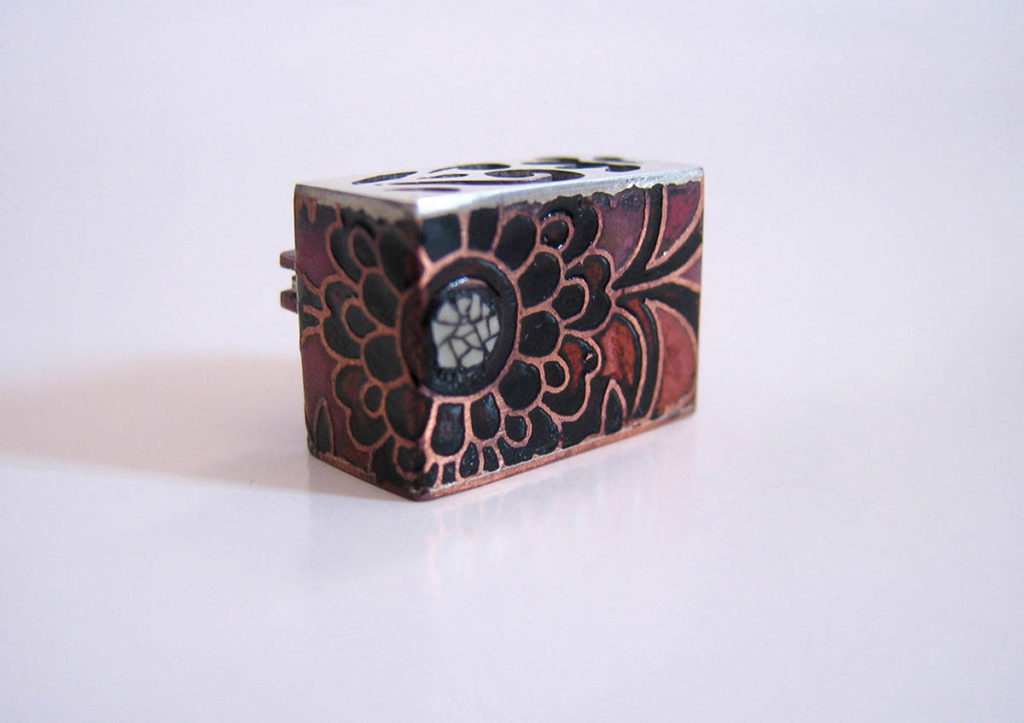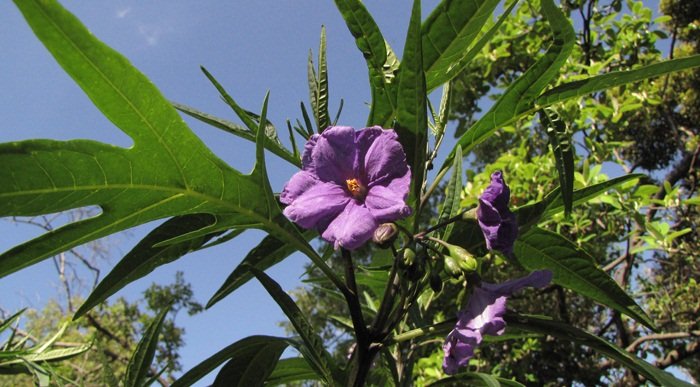
World Crafts Council – Australia supports makers of handmade products that add pleasure and utility to our world. Works made by hand reflect an understanding of materials and the dedication of skill. These objects tell us stories that reflect our values.
But there’s a problem. Where can we find these handmade objects? Many makers live regionally, where they can find a slower lifestyle and proximity to nature. But this also makes them more difficult to find.
To meet this challenge, WoCCA is developing an Australian Craft Map. East Gippsland has been selected as a pilot region.
This is partly to support bushfire recovery. We have already been able to support re-building workshops, thanks to our generous World Crafts Council network. Now we are seeking to promote makers to a broader audience.
The COVID lockdown means that many have abandoned plans for overseas travel this year. East Gippsland beckons as a destination for Melbournians to leave the city where they have been confined most of the year.
This is a time when we are keen to support local communities to recover from the twin disasters of bushfire and pandemic.
We are developing a website and app that has information about where they can find handmade products in East Gippsland. This will include ceramics, jewellery, weaving, furniture, glass, painting, printmaking and photography with a handmade element. This can also include ephemeral products such as soap, which also reflect care and skill.
We are working in partnership with the Phoenix Trail, which is producing printed materials. Our component involves a website and smartphone app.
The hope is to establish something like a Wine Itinerary that can guide travellers to places where they can connect with locals.
The information provided can include specific times for studio visits (or by appointment), galleries or shops where works can be purchased and classes/events for the public.
To participate, you need to fill out your details in an online form. This information will be checked regularly for accuracy, to give you the opportunity to make changes. This will be monthly initially, then every three months after that.
This project is part of One Village One Product, a movement that began in Japan and supports local regeneration through specialisation. It is supported by a DFAT Australian Cultural Diplomacy Grant.
For more information, send an email to gippsland (at) wccaustralia.org.au
Below are some of the participants in the craft map:
